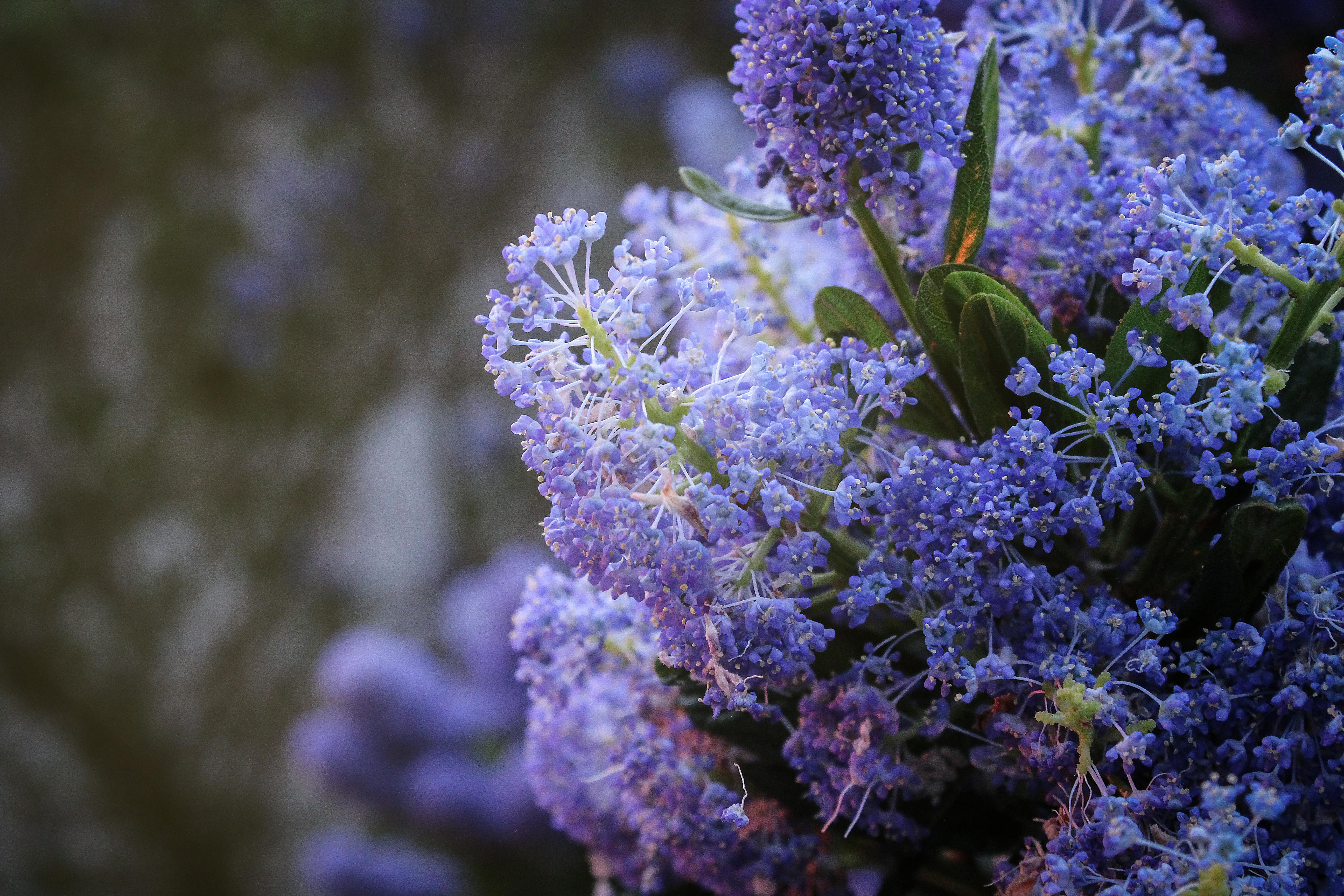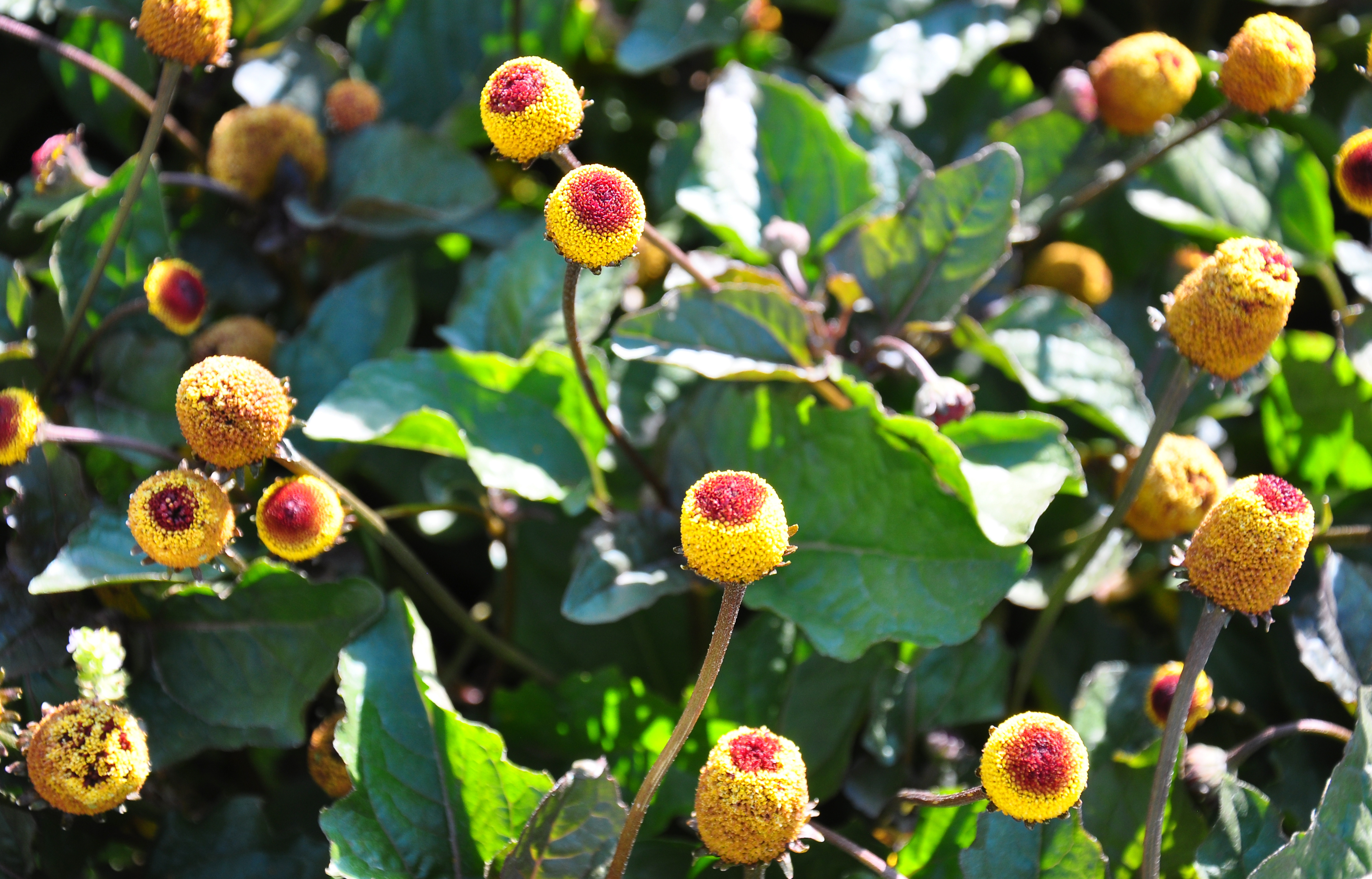Are you struggling with swollen lymph nodes, sore throats, or chronic inflammation? The lymphatic system, often overlooked, plays a crucial role in your overall health. Discover the power of herbal remedies to support this vital system and promote optimal well-being. Explore the benefits of herbs like red root, toothache plant, echinacea, cleavers, and poke, and learn how they can help filter fluids, reduce swelling, and enhance your immune response.
Key Takeaways:
The lymphatic system is a network of vessels, cells, and lymph nodes that help filter pathogens and toxins, regulate fluids and support the immune system.
Herbal remedies can provide natural support for the lymphatic system, helping to reduce swelling, alleviate discomfort, and enhance immune function.
Red root is a traditional North American herb known for its lymphatic-supporting properties.
Toothache plant offers antimicrobial and anti-inflammatory benefits, making it useful for sore throats and swollen glands.
Echinacea is a popular immune-boosting herb that can also support lymphatic health.
Cleavers is a traditional spring cleansing herb that promotes lymphatic drainage and detoxification.
Poke is used topically for lymphatic congestion and hard lumps.
Traditional Chinese Medicine offers a unique perspective on lymphatic health and utilizes herbs to address specific imbalances.
What is the lymphatic system?
The lymphatic system is a network of vessels, cells, and lymph nodes that help filter pathogens and toxins from the blood and regulate the distribution of fluids throughout the tissues of the body. The lymphatic system works in tandem with the reticuloendothelial system, the immune cells, organs (bone marrow, spleen, and liver), and connective tissue that support these structures and provide extra filtration. In reality, these two systems are intricately intertwined and sometimes called the lymphoreticular system, which forms the backbone of our innate immune response and keeps our fluids in balance.
Lymphatic vessels capture fluid that has exited systemic circulation in the capillaries and return it to the venous system in the trunk of the body. The walls of our lymphatic vessels are like our veins, but more porous, allowing the absorption of larger molecules (such as fats from the digestive tract). Also, since they are not lined with strong muscle layers, they require the pumping of skeletal muscles to keep the fluid flowing from the periphery to the core of the body. This is why your legs can swell after a long car ride, and why brisk walking, leg pumps, or placing your legs up the wall while lying on your back, can help reduce that swelling. Damage to lymphatic vessels from injury or surgery can lead to chronic swelling, called lymphedema, which can be challenging to manage. Elevation, diuretics, and compression stockings are commonly recommended by conventional doctors. Specialized lymphatic massage therapists receive unique training in manual therapies that can help reduce swelling from lymphatic congestion.
Lymph nodes line the lymphatic vessels and are also found in the our mucosal tissues (mucosa-associated lymphoid tissue or MALT) in the nose, throat, and lining the digestive tract. These nodes are full of specialized white blood cells that form our adaptive immune system (T- and B lymphocytes). Strategically placed, these nodes are where external pathogens are exposed to immune cells which launch a targeted, specific attack, and also form memory cells to create lasting immunity against certain pathogens. This is why you might feel tender, swollen nodes in your neck, or have enlarged tonsils when you have a cold! Lymph nodes can also swell due to more serious infections like mononucleosis, HIV, or Lyme disease, or may be associated with lymphoma or metastatic cancer. So if you have severely enlarged lymph nodes that are not going down or you have ongoing fevers, body aches, night sweats, weight loss, or fatigue, please seek medical attention!
The lymphatics were first described in Western medicine in ancient Greece by Hippocrates and Aristotle. Later, Galen described the flow of milky chyle through a closed circuit which was later disproved by European physicians in the 17th century, when the arterial, venous, and lymphatic systems were more accurately identified through careful anatomical study. Advanced imaging and cell biology technology since the mid-20th century has further advanced medical understanding of the lymphatic system, especially as it relates to lymphoma.
Which Western herbs benefit the lymphatics?
Despite the medical understanding of lymphatic anatomy and physiology, Western medicine still has few treatments when it comes to common issues with the lymphatic system such as a sore throat or chronic lymphedema. Herbalists have been working to alleviate these discomforts for centuries, and the herb world has many tools for moving fluid through the body, reducing swelling resolving lumpy tissue, and supporting a healthy immune response.
Red root (Ceanothus americanus)
The red-hued inner root bark of Ceanothus species has been prized for centuries and is one of our most specific North American “lymphatic” herbs. Documented in Eclectic herbal formularies in the 1800s, herbalist Michael Moore heralded the use of Red Root among contemporary North American herbalists. He recommended Red Root for supporting sore throat, swollen lymph nodes, mastitis, and benign breast lumps, and for improving the removal of fats from the blood after ingesting heavy meals. We use Red Root in our Osha & Spilanthes Throat Spray.

Toothache Plant (Spilanthes acmella)
Native to South Asia and South America, toothache plant is easy to cultivate as an annual herb in temperate climates. It enhances salivation and provides short-acting pain relief to oropharyngeal mucosa, making it useful for tooth and gum problems as well as dry mouth and sore throat. Scientific studies have demonstrated antimicrobial and anti-inflammatory effects from its active constituents, and it has a long history of use in Ayurveda. We often combine echinacea, toothache plant, and red root for comforting sore throat and swollen glands, and you can find these in our Osha & Spilanthes Throat Spray.

Echinacea (Echinacea purpurea, E. angustifolia)
Popularized as an “immune support” herb, echinacea has been widely researched for its direct effects on lymphocytes, the white blood cells that mature and reside in the lymphatic system. Since much lymphatic congestion occurs in the context of acute viral and bacterial infections, the inclusion of echinacea in herbal formulas is particularly helpful. Echinacea root has been shown to exert direct antimicrobial effects and has a long history of use as a topical application for bites, stings, and wounds. When wounds aren’t healing due to swelling in the affected body region, echinacea is a great addition for internal and external use.

Cleavers (Galium aparine)
Cleavers emerge in the early spring, when in earlier times many people had been living on stored food and few green vegetables for many months. Making tea or a succus (fresh plant juice) of cleavers is a traditional spring cleansing remedy and for good reason. Cleavers promote urination, move the lymph, and contain lots of antioxidants to help cleanse the system and fight inflammation.
Poke (Phytolacca americana)
Many gardeners are familiar with poke as a poisonous, invasive weed. Indeed, all parts of the plant, especially the purple berries are quite toxic, especially to pets, children or pregnant women. Herbalists use poke root as a topical preparation for lymphatic congestion and hard lumps on the torso such as the breast and abdomen.
How is the lymphatic system viewed through a TCM lens?
Traditional Chinese Medicine does not have a single category of herbs considered to be “lymphatics.” Lymphatic congestion and hard lumps in the body (ie tumors) were historically seen as hardness to soften. When lumps or swelling occur with fever, redness, or a rash, they are addressed by softening hardness and clearing heat and/or dampness. TCM herbs to achieve these actions are categorized by a broad range of functions and benefits including the following:
- Drain dampness, clear heat, resolve toxins, and dissipate hot swellings
- Soften hardness and transform phlegm
- Clear heat and drain dampness
TCM herbs that may benefit the lymph include Figwort root, Scrophularia nodosa (xuan shen) Violet leaf, and Viola yedoensis (Zi hua di ding). Figwort clears blood heat enriches the yin & clears heat and drains damp. Violet clears heat and resolves toxicity with an emphasis on treating inflamed sores and other skin lesions. TCM herbs that drain dampness, as found in edema of the extremities, include Poria (fu ling) and Jobs Tears (yi yi ren).
Take home points
- The lymphatic system contains both fluid- and immune-regulating components
- No Western pharmaceuticals work specifically on the lymphatic system
- TCM and Western herbalism offer traditional tools for supporting healthy lymph flow and immune response
Conclusion
The lymphatic system is a complex network that plays a vital role in your health. Understanding its functions and incorporating supportive herbal remedies can promote optimal lymphatic health and alleviate common discomforts. Consider exploring red root, toothache plant, echinacea, cleavers, and poke to support your lymphatic system and enhance your overall well-being.

